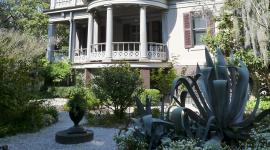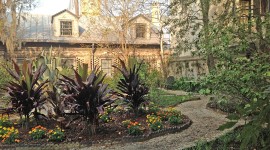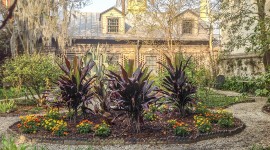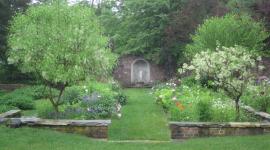Citing Limited Purview, Savannah Review Board Approves Girl Scouts Hardscape
Although the March 11 meeting of the Savannah Historic District Board of Review was brimming with opposition to plans by the Girl Scouts of the USA to replace the recently destroyed Clermont Lee-designed garden with a hardscaped gathering space, the ten-member board approved the applicant’s petition in a 6-3 vote (the chairman did not vote), thereby removing the final regulatory impediment to the redesign.
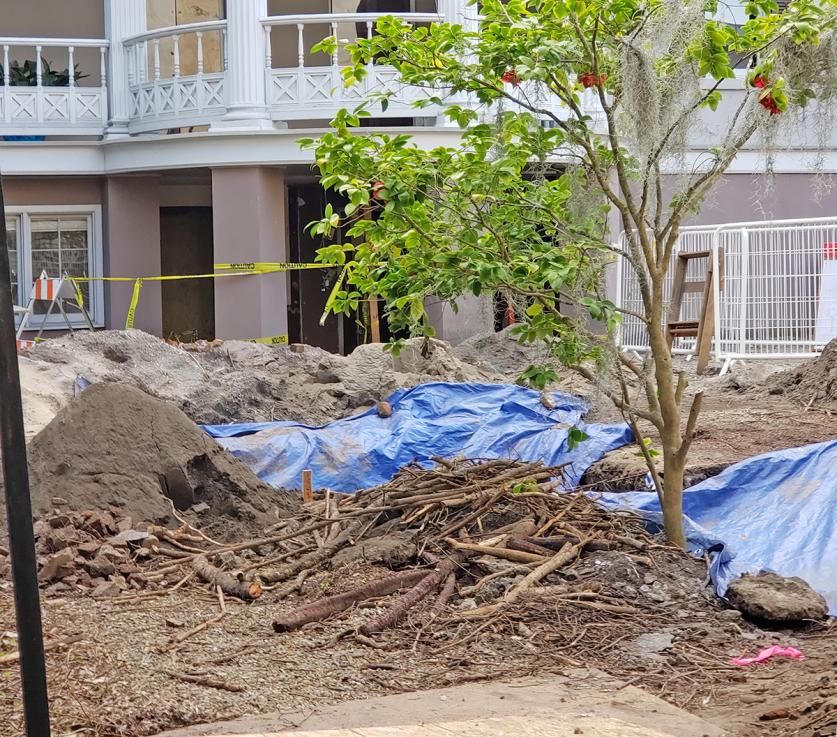
Many who came to the meeting expecting to air their concerns about the demolished work of Clermont Lee were informed that the destruction of the garden and the overall design of what is being proposed to replace it were simply beyond the board’s purview. Rather, the review board and the voting formally focused on only three individual elements of the proposed redesign: a new iron gate to be installed along E. from Oglethorpe Avenue; a so-called “green-wall trellis” on the eastern boundary of the space; and poured-in-place concrete planters and seat walls. Some board members openly expressed concerns that while the redesign itself was inappropriate, their purview as a review board, according to city ordinances, did not include the landscape design.
Many organizations conveyed their disappointment about the destruction of Lee’s garden, including TCLF, the Historic Savannah Foundation, the Garden Conservancy, the Southern Garden History Society, and the Georgia Trust for Historic Preservation. The latter had placed the garden on its 2019 ‘Places in Peril’ list.
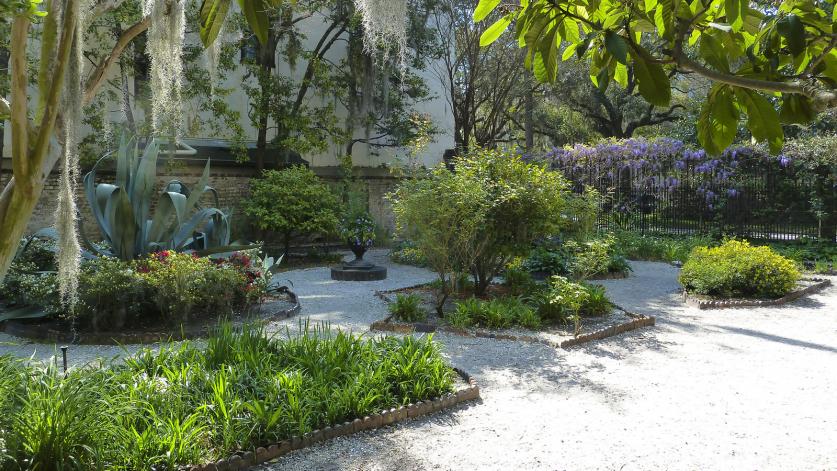
Among several letters of opposition submitted prior to the meeting were heartfelt expressions of dismay from former Girl Scouts in Georgia and beyond, some of whom held out hope for reconciliation: “Perhaps the national board, headquartered in New York City, may be less aware of the historically unique aspects of the birthplace to visiting girls. With a little more thought and effort, I am sure a win‐win design, restoring ‘the good bones’ of Clermont Lee’s parterre plan and incorporating elements for new uses of the garden space, could be agreed upon.”
Others were candid about the disgust they felt for the redesign: “Back in the late '80's, I donated several of my Girl Scout items…for the [Juliette Gordon Low] home. I doubt I can get them back, but if this plan to basically obliterate the original garden goes through, I will most certainly try.”
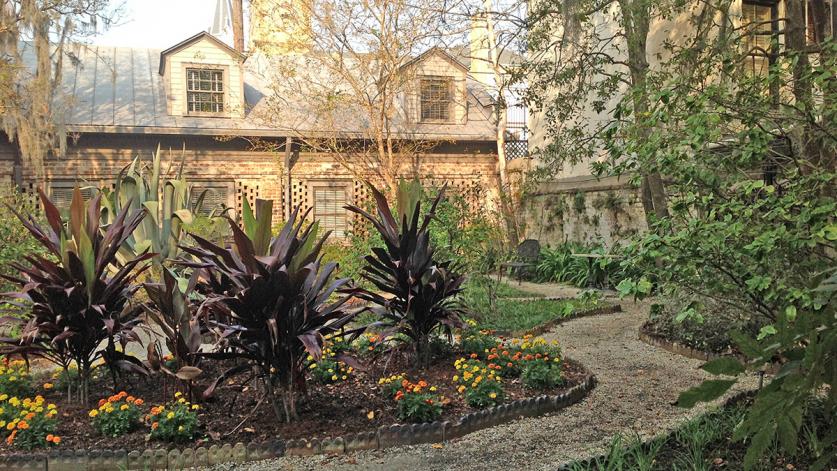
A letter from revered landscape architect Edward Daugherty did not mince words about the impending changes to the Clermont Lee-designed garden:
The frippery of restored interior Victorian furnishings does not excuse the loss of the honest and organic lesson of its garden support…Trees in pots and pavement are death-defying. Trees in gravel and oyster shells are rooted in life. That is a life lesson of scouting.
The 93-year-old Daugherty, an ASLA Medal recipient, knew Lee personally, describing her as “independent, decisive, and self-aware,” and as “thorough in her research, precise in design, and demanding in execution.”
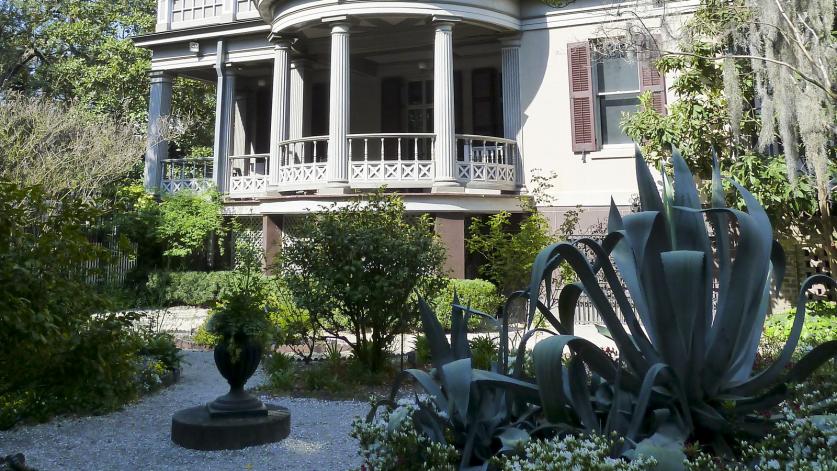
Still others remarked on the local and regional inappropriateness of the proposed redesign, including Spencer Tunnell, of Tunnell &Tunnell Landscape Architecture, who wrote:
The proposed landscape… cannot be called a garden in the Savannah sense of the word; it will be a harsh, hot, unwelcoming, charmless space that has as little to do with Savannah, Juliette Gordon Low, and Clermont Huger Lee as the mid-town Manhattan offices from where this idea originated.
Dr. Robin Williams, who chairs the Department of Architectural History at the Savanah College of Art and Design, told TCLF that the recent decision lays bare a fundamental problem in the city’s policies relating to historic preservation and stewardship:
This case points up a serious flaw in the City of Savannah's ordinances regulating the city's built heritage. The historic preservation regulations privilege architecture and other vertical built components, such as fences and monuments, which are all eligible for protection, but leave landscape heritage unprotected. In addition to publicly visible private gardens like the Juliette Gordon Low Birthplace garden, this unprotected built heritage also includes, surprisingly, the city's famed squares and, less surprisingly, the city's notable historic street and sidewalk pavements, as well as other street features like historic stepping stones, street signs, and various embedded elements like prismatic glass sidewalks and manhole covers. As development pressure mounts, especially in downtown Savannah, the city's historic landscape and streetscape features will be under increased threat.
Ellie Isaacs, one of three members of the Savannah Historic District Board of Review to oppose the Girl Scouts petition, agrees with those sentiments:
I feel that as a preservationist, we don't have all of the policy tools we need to protect the full scope of Savannah's cultural heritage. The public needs to be more aware that historic cultural landscapes are just as vital as historic buildings. But technically, there is nothing written in the zoning ordinance regarding historic landscapes, which is why such landscapes, including those designed by notable landscape architects, are currently not protected in any way. My biggest fear is that the remaining squares, or perhaps Forsyth Park, will be developed, and part of what makes Savannah unique will no longer be present.
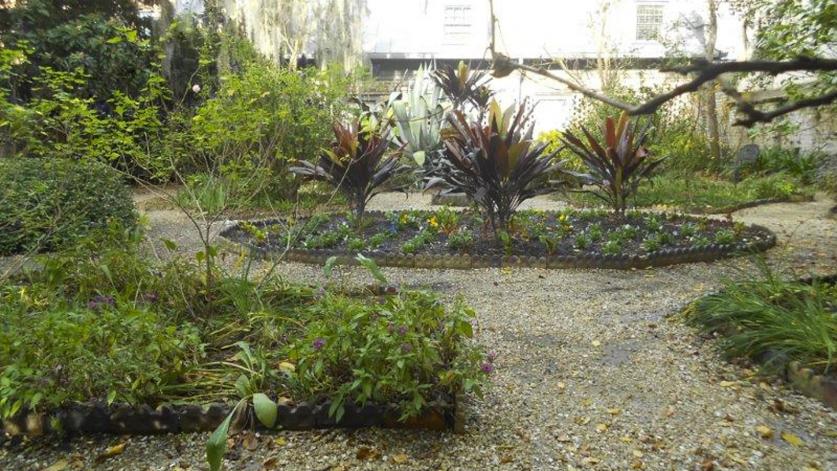
Isaacs also shares Williams’ concern for historic pavements, street features, and signage, which currently lack adequate protection, and, importantly, she is now working to amend city ordinances to address these many issues:
My goal is to provide written local protections for the squares, including the ones that are already developed, so that maybe they can be properly restored in the future, along with public parks such as Forsyth and, eventually, privately owned gardens that are historic in age or are designed by notable landscape architects. We will need to be careful to include privately owned spaces in the review process in such a way that property owners do not feel as though their rights are being infringed upon while protecting historic landscapes.
Notably, the proposed amendment will be important for protecting what remains of Clermont Lee’s legacy in Savannah, which includes the landscape architect’s work in the 1960s to rehabilitate five of the city’s historic squares.




